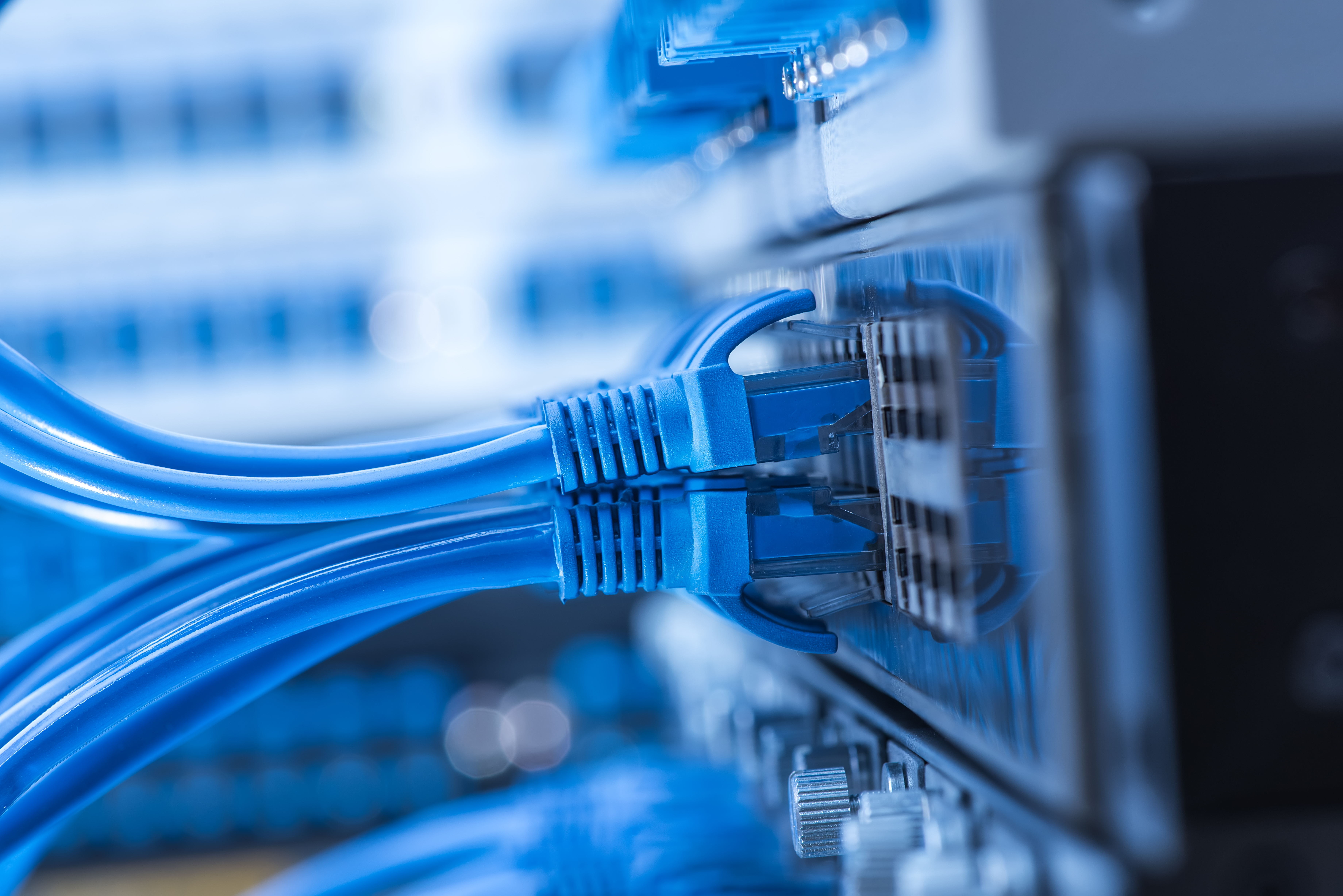4 5 月, 2022
Do you know how to deploy PoE benefits in your business?

Electrical power is a vital part of our modern world. Not only do we use it in our daily lives, many critical industries also rely on electricity to operate, and in the IoT age, any networked device is power-connected as well. The simplest way to provide power to a device is of course to connect it through cables to a power supply, but in certain sites, such as where space is limited or when the number of devices is great, cabling can be a problem as it consumes space, labor, and cost.
To get around this problem, Power over Ethernet (PoE) uses the same cable to send both electrical power and data to connected devices, thus reducing up to half the amount of cabling and greatly simplifying installations.
One of the most common applications of PoE is for sensors in factories or industrial sites. As sensors are often of large quantities and may be located in harsh environments or at long distances from controllers, powering them by PoE can help cut down a considerable amount of cabling and improve cost efficiency. Many ATOP switches and gateways offer multiple PoE ports to supply for these usages. For example, the high-density managed rack-mount switch RHG7628 supports up to 24 PoE ports on a single device.
Over the years, the Institute of Electrical and Electronic Engineers (IEEE) released different standards for PoE supply according to the power budget provided per port. IEEE802.3at PoE, with the lowest power budget at 15.4W maximum, is usually sufficient for sensors, but most ATOP PoE ports now support both PoE and PoE+ (IEEE802.3af), which gives up to double wattage at 30.8 per port, and can power more advanced end-devices such as IP cameras, IP phones, alarms, and LCD displays. Wireless access points are another common application of PoE, and come in both PoE and PoE+ models. ATOP Wi-Fi Mesh routers AWR5805, CWR5805 all support power over Ethernet as an alternate or redundant power source, so have flexibility and resilience in any scenario.
Power supply, however, is just the basics of ATOP PoE devices. The lite-managed switch series EHG6508/EHG6510, for example, takes PoE functionality up to another level. These switches offer a PoE booster that allows them to supply PoE power while using input voltages as low as 12V, eliminating the need for additional, separate voltage boosters, which can be another source of space and cost consumption. Furthermore, built-in PoE scheduling enables users to turn on/off powered devices at set times, which is especially handy for business-type applications and automated systems.
Want to learn more about deploying PoE in your business? Our experts are always available for you anytime, anywhere.